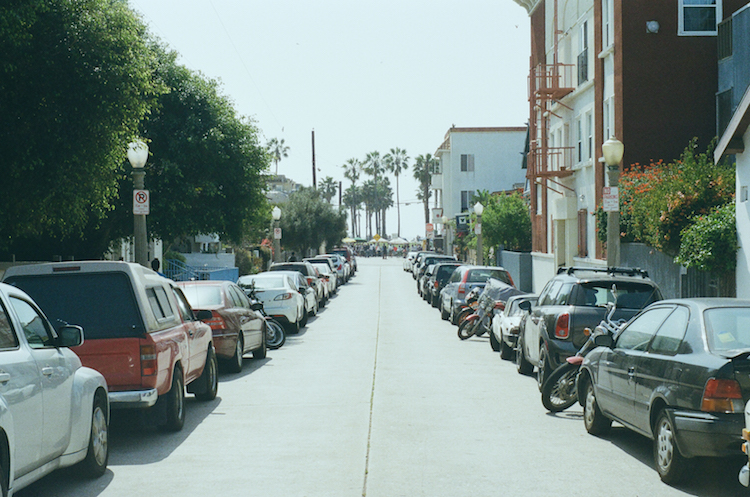Picture this: you’ve cruised around the block a few times looking for parking, but you’re going to be late for your dinner reservation if you don’t park your car soon. You notice a parking valet but have no idea what to do. If this sounds familiar, you’re not alone, which is why we’ve compiled some tips for you to get through valet parking drama free. Often times, especially in larger cities, valet parking can be faster and more affordable than street parking or parking in a parking garage.

Tip in cash. Many people avoid valet parking because they’re unsure of how much to tip. Even if the hotel or restaurant you’re at offers complimentary valet service, have cash on hand for a tip. It’s expected you tip the valet that retrieves your car but you’re entrusting your vehicle with a stranger so leave the valet who takes your car at drop off an unexpected tip as well. If they feel they’ve been treated well, they’re likely to take better care of your items. $2-$5 is pretty standard so expect to tip $4-$10 total for valet parking.
Tidy up and tuck away valuables. Anticipate that you might end up valet parking and clean your car up a little bit so that you’re not embarrassed to hand over the keys. If you have valuables in the car, leave them at home, or tuck them in the trunk or out of sight. Make sure you have everything you’re going to need before you get out of the car!
Know how to handle the drop-off. Drop off and pick up moves quickly, so pay attention to the valet instructions and drive safely and slowly. Leave the car running and don’t take your keys out of the ignition. Let the valet know if there are any problems with the car and confirm price, closing time and how to get your car back. Lastly, don’t leave your car until you’ve been given a claim ticket!
Pick up and pay. It can take 10-20 minutes for the valet to get your vehicle. Always consider calling ahead, especially if you’re at a hotel or a busy restaurant or if you have to be somewhere at a specific time. When you’re ready to leave, find the valet stand and pay your bill. Sometimes hotels will charge your room bill but the head valet will confirm. If it’s complimentary, just don’t forget to tip for service!
Check for damage. In the rush to leave, don’t forget to check for damage or missing valuables before you drive away! If you see any damage or notice any lost items, let the head valet know immediately. Most valet companies will cover these situations but it’s much harder to get compensation if you don’t notice until you are home.
Having trouble finding your car or want to check in to see where it’s parked? Use Metromile’s car location tracker to find your car. Metromile’s smart driving app gives you information on trips and trends, fuel levels, car health diagnoses and more, and is free for all of our pay-per-mile insurance customers. Learn more here!




